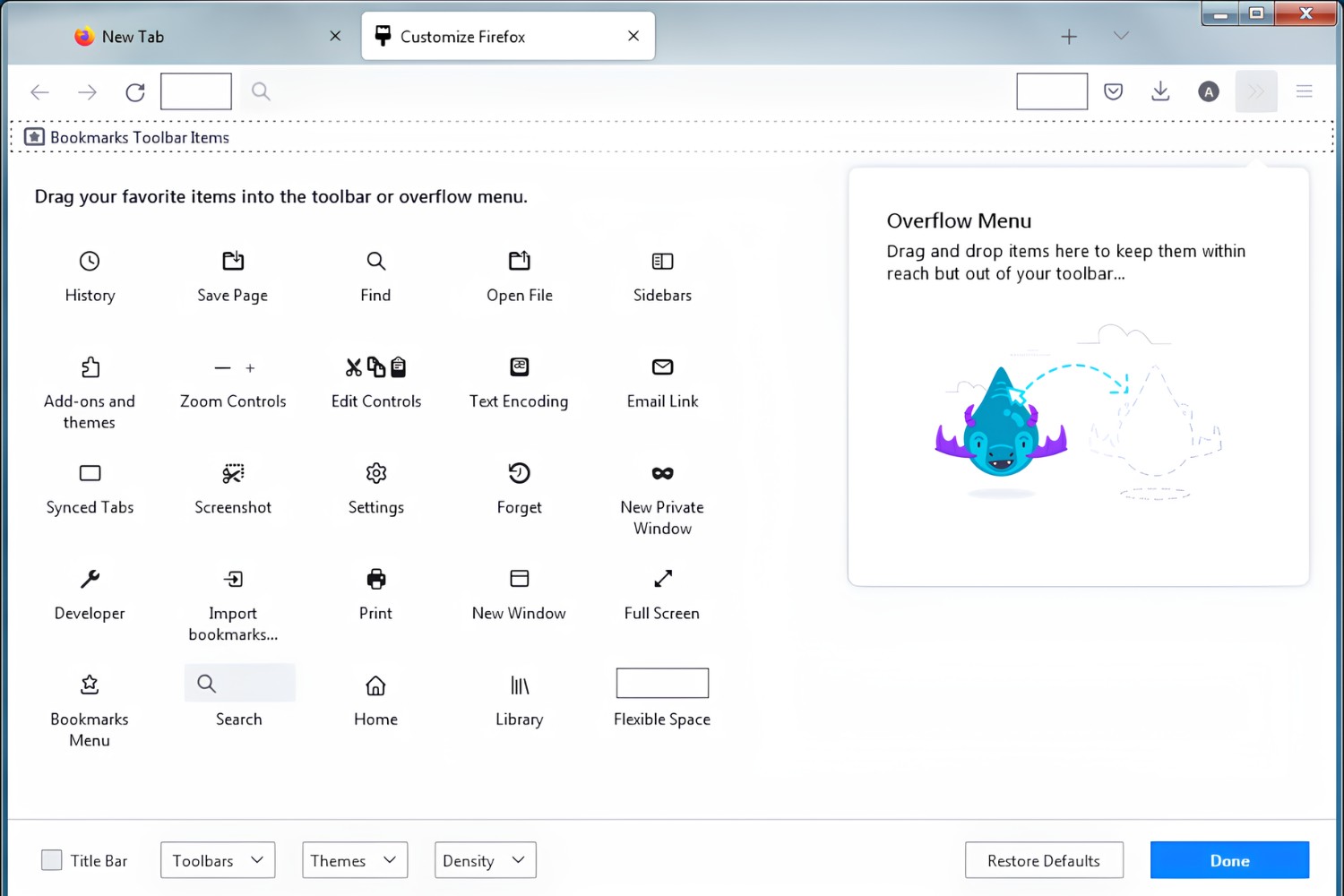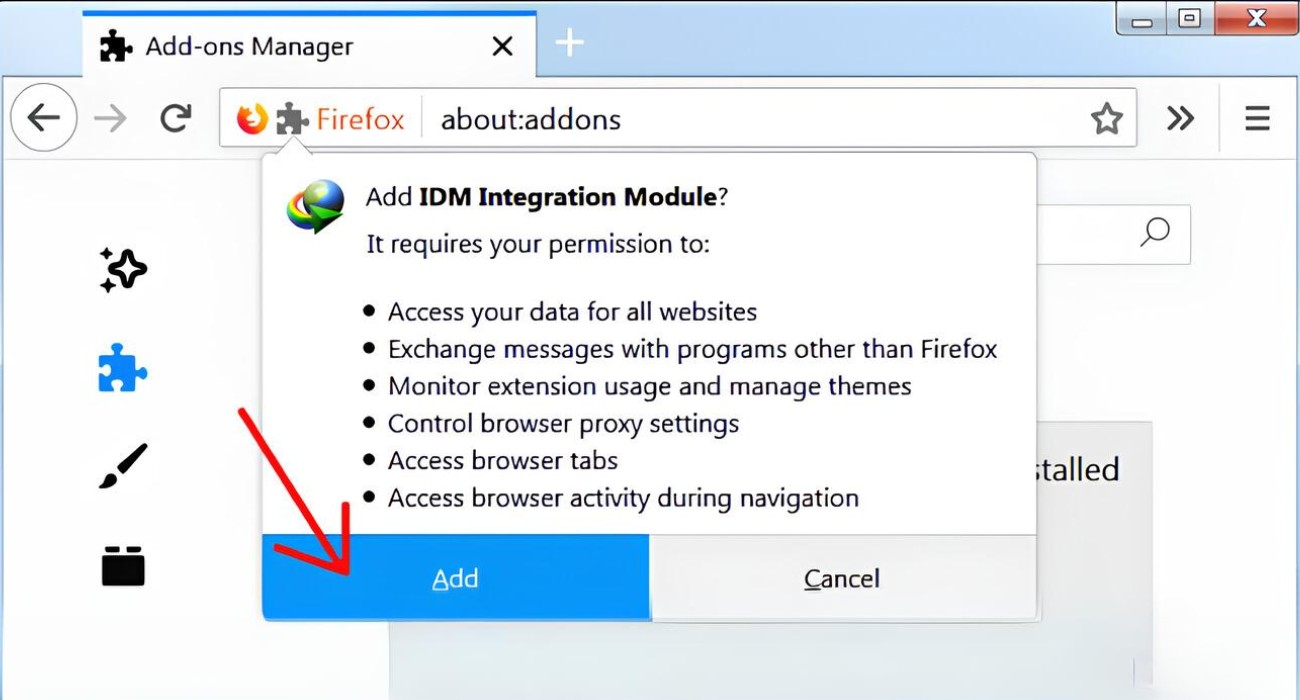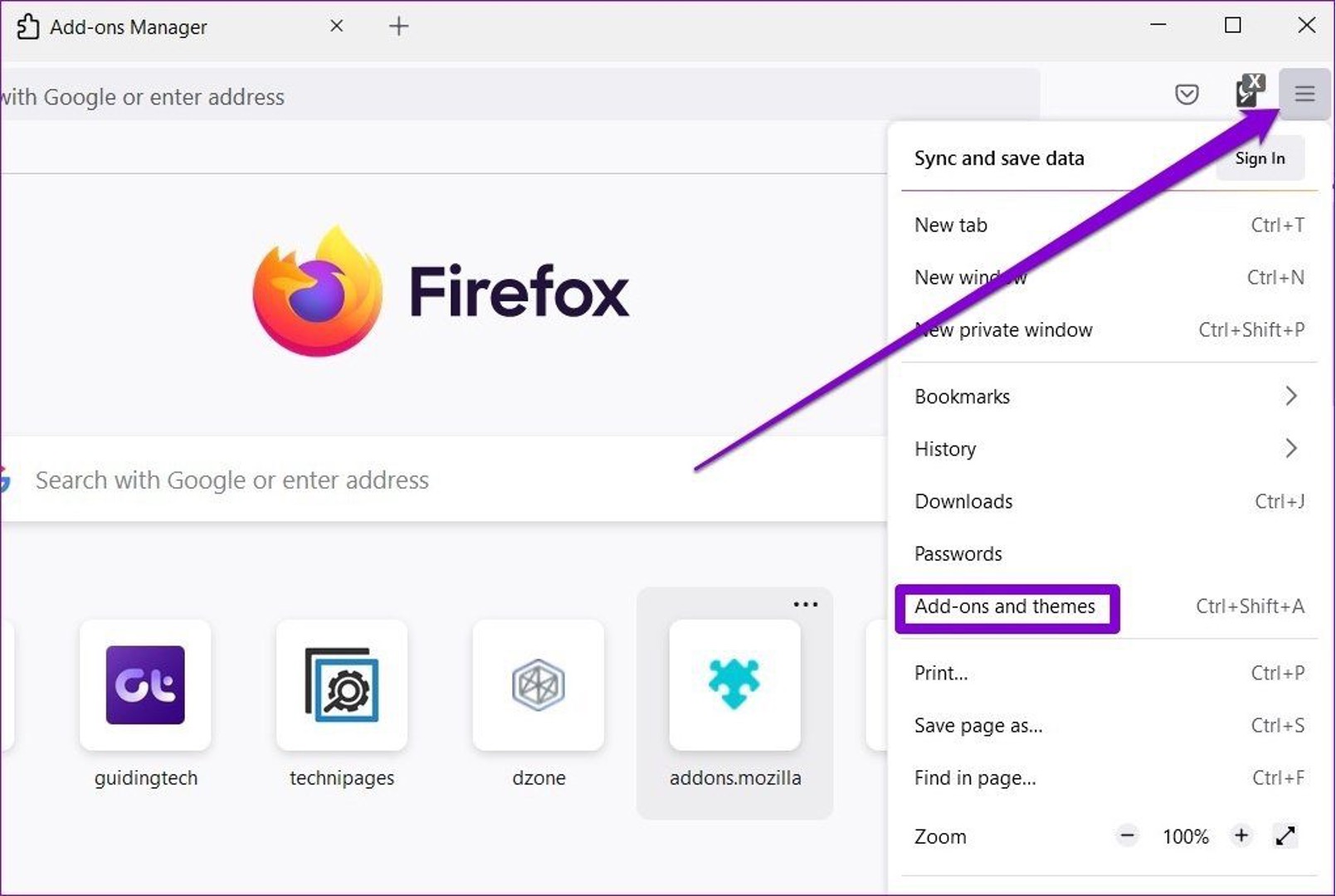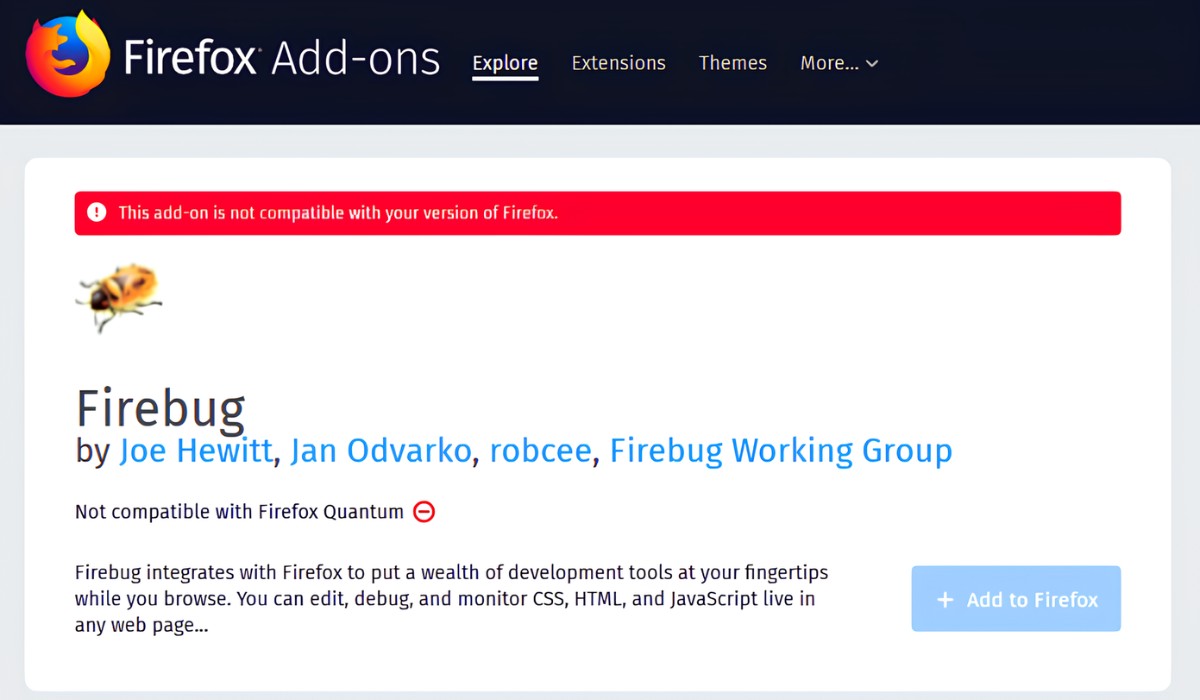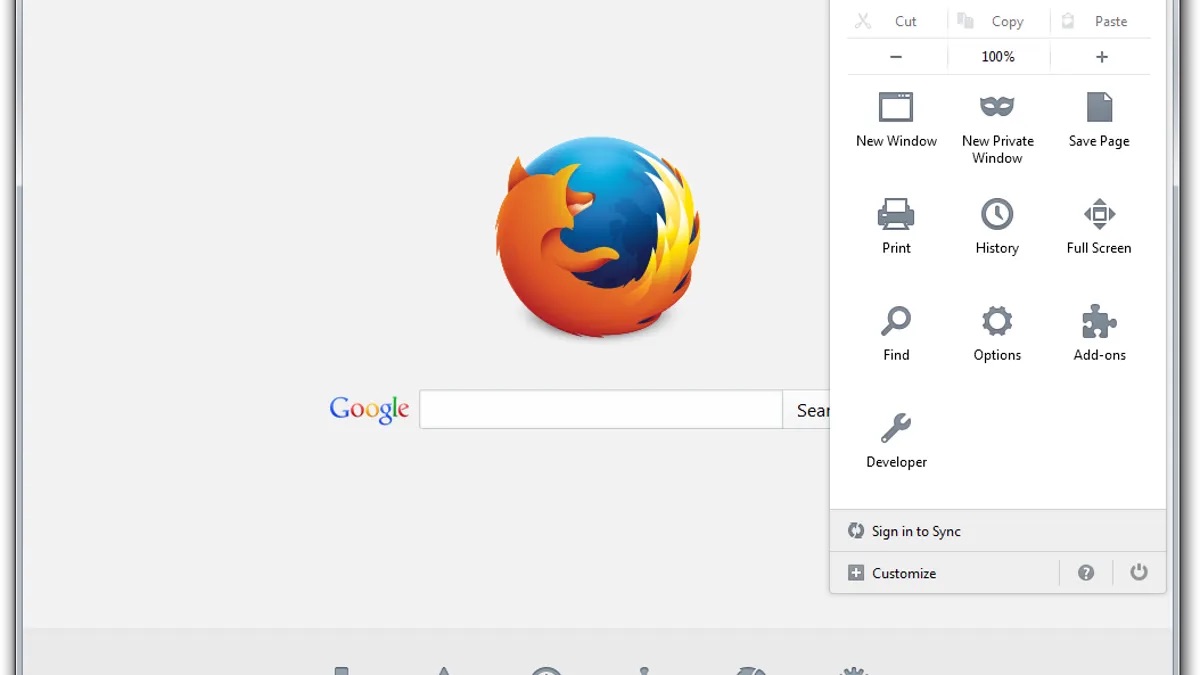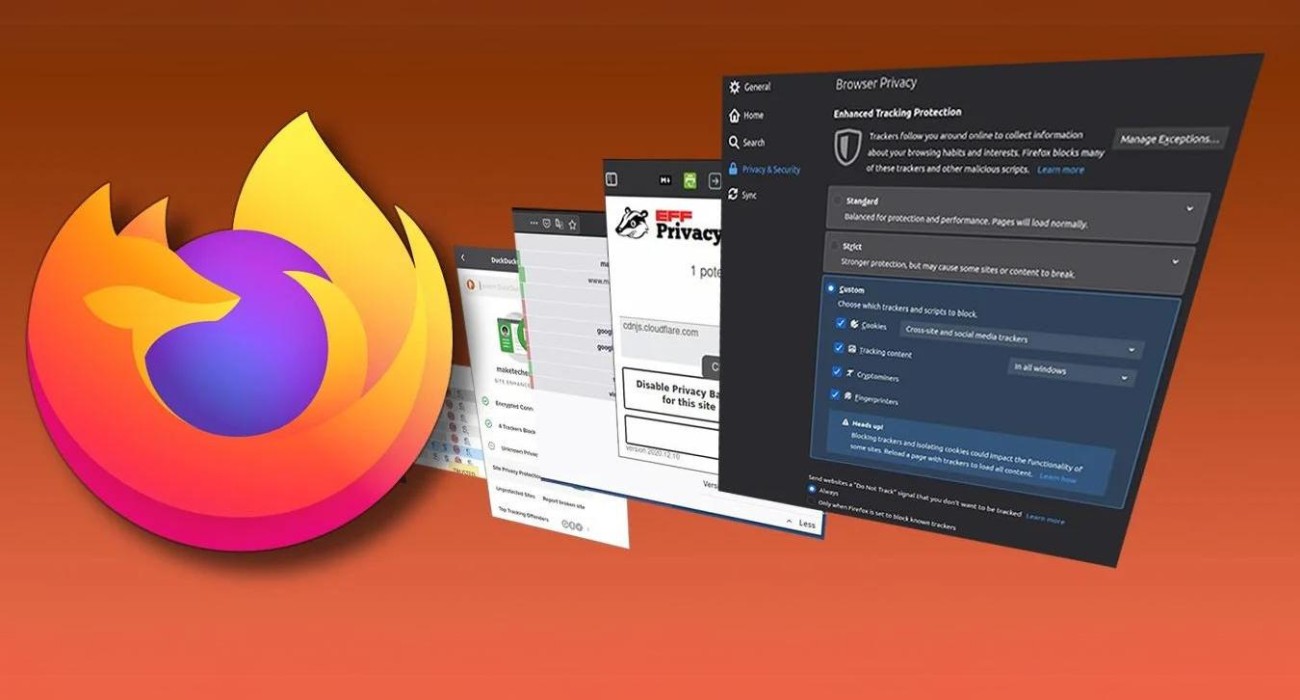Introduction
Firefox is a versatile and feature-rich web browser that offers a plethora of tools and extensions to enhance your browsing experience. Whether you're a casual user or a seasoned web developer, accessing the various tools within Firefox can significantly improve your productivity and efficiency. From developer tools for debugging and optimizing websites to accessibility features for a more inclusive browsing experience, Firefox provides a wide array of tools to cater to diverse user needs.
In this article, we will explore different methods to access the tools in Firefox, allowing you to harness the full potential of this popular browser. Whether you're seeking to customize your browsing experience, troubleshoot web development issues, or simply explore the available features, understanding how to access the tools in Firefox is essential.
By the end of this guide, you will be equipped with the knowledge to effortlessly navigate through Firefox's tools and extensions, empowering you to make the most of your browsing experience. So, let's dive in and discover the various ways to access the tools in Firefox, enabling you to unlock a world of possibilities within this dynamic web browser.
Using the Menu Bar
Accessing the tools in Firefox through the menu bar is a straightforward and traditional approach. The menu bar, located at the top of the browser window, provides quick access to a wide range of features, including tools and extensions. To utilize the menu bar for accessing tools in Firefox, follow these simple steps:
-
Open Firefox: Launch the Firefox browser on your computer or device.
-
Locate the Menu Bar: Look for the menu bar at the top of the Firefox window. The menu bar typically includes options such as "File," "Edit," "View," "History," "Bookmarks," "Tools," and "Help."
-
Access the Tools Menu: Click on the "Tools" option in the menu bar. This action will reveal a dropdown menu containing various tools and features that you can explore and utilize.
-
Explore Tool Options: Within the "Tools" dropdown menu, you will find a diverse range of options, including "Web Developer," "Add-ons," "Page Info," "Downloads," and more. Each of these options leads to a specific set of tools and functionalities tailored to different aspects of browsing and web development.
-
Select Your Desired Tool: Navigate through the "Tools" dropdown menu and select the specific tool or feature you wish to access. For instance, if you are a web developer, you might be interested in exploring the "Web Developer" tools, which offer a suite of resources for debugging, editing, and analyzing web pages.
By utilizing the menu bar in Firefox, you can conveniently access an array of tools and extensions, empowering you to customize your browsing experience and leverage advanced functionalities for web development, privacy, security, and more.
In addition to the menu bar, Firefox also offers alternative methods for accessing tools, catering to diverse user preferences and workflows. Let's explore these additional approaches to accessing tools in Firefox, providing you with a comprehensive understanding of the available options for enhancing your browsing experience.
Using the Keyboard Shortcut
Harnessing the power of keyboard shortcuts is a time-saving and efficient way to access tools in Firefox. By memorizing and utilizing specific key combinations, you can swiftly navigate through the browser's features without relying on the traditional mouse-based interactions. Firefox offers a range of keyboard shortcuts, including those dedicated to accessing various tools and extensions. Here's how you can leverage keyboard shortcuts to access tools in Firefox:
-
Open Firefox: Launch the Firefox browser on your computer or device.
-
Utilize Keyboard Shortcuts: Firefox provides intuitive keyboard shortcuts to streamline the process of accessing tools. One of the most notable keyboard shortcuts for accessing tools is "Ctrl + Shift + A" (Command + Shift + A on Mac). This key combination directly opens the "Add-ons" manager, allowing you to explore, manage, and customize your browser extensions with ease.
-
Access Add-ons Manager: Upon pressing "Ctrl + Shift + A" (or Command + Shift + A), the Add-ons manager will promptly appear, presenting a comprehensive overview of your installed extensions, themes, and plugins. From here, you can enable, disable, remove, or configure your add-ons, empowering you to tailor your browsing experience to your preferences and requirements.
-
Navigate Through Add-ons: Within the Add-ons manager, you can effortlessly browse through your installed extensions and themes, accessing their individual settings, updates, and additional information. This seamless navigation allows you to stay in control of your browser's extensions, ensuring that they align with your browsing habits and needs.
-
Explore Keyboard Shortcuts for Other Tools: In addition to the "Ctrl + Shift + A" shortcut, Firefox offers a range of keyboard combinations for accessing various tools and functionalities. By familiarizing yourself with these shortcuts, you can expedite your workflow and swiftly access essential features, such as the developer tools, page info, downloads, and more.
By incorporating keyboard shortcuts into your browsing routine, you can optimize your productivity and streamline the process of accessing tools and extensions in Firefox. Whether you're a power user seeking efficient navigation or a developer aiming to expedite web development tasks, leveraging keyboard shortcuts can significantly enhance your browsing experience.
Incorporating keyboard shortcuts into your browsing routine can optimize your productivity and streamline the process of accessing tools and extensions in Firefox. Whether you're a power user seeking efficient navigation or a developer aiming to expedite web development tasks, leveraging keyboard shortcuts can significantly enhance your browsing experience.
Using the Customize Menu
Firefox offers a versatile and customizable browsing experience, allowing users to tailor the browser's interface and functionalities to their preferences. One of the convenient methods for accessing tools and extensions in Firefox is through the Customize menu. This feature empowers users to personalize their browsing environment and efficiently access essential tools and functionalities. Here's a detailed exploration of how you can leverage the Customize menu to enhance your Firefox experience.
Accessing the Customize Menu
To begin, open Firefox on your computer or device. Next, navigate to the top-right corner of the browser window and locate the three horizontal lines icon, often referred to as the "hamburger menu." Click on this icon to reveal a dropdown menu containing various options, including "Customize."
Customizing the Toolbar
Upon selecting the "Customize" option, Firefox enters the customization mode, allowing you to modify the browser's toolbar and access additional features. In this mode, you can drag and drop various elements, such as buttons, tools, and extensions, onto the toolbar for quick and convenient access. Additionally, you can rearrange existing items on the toolbar to optimize your workflow and prioritize frequently used tools.
Adding and Managing Tools
Within the Customize mode, you can explore an array of additional tools and features that can be integrated into the toolbar. This includes options such as "Add-ons," "Developer Tools," "Page Actions," and more. By dragging these elements onto the toolbar, you can create a personalized browsing environment tailored to your specific needs. This seamless customization process empowers you to efficiently access essential tools and extensions directly from the toolbar, streamlining your browsing experience.
Exploring Additional Options
In addition to customizing the toolbar, the Customize menu offers various settings and options to further personalize your browsing experience. You can explore features such as "Density," which allows you to adjust the spacing and size of elements on the toolbar, and "Title Bar," which provides the flexibility to display or hide the title bar at the top of the browser window. These options enable you to fine-tune the visual layout and functionality of Firefox, ensuring that it aligns with your preferences and workflow.
By leveraging the Customize menu, you can create a tailored browsing environment that seamlessly integrates essential tools and extensions, empowering you to optimize your productivity and efficiency within Firefox. Whether you're a casual user seeking a personalized browsing experience or a power user aiming to streamline your workflow, the Customize menu offers a wealth of options to enhance your Firefox experience.
Conclusion
In conclusion, mastering the art of accessing tools and extensions in Firefox is pivotal for maximizing your browsing experience. By exploring the diverse methods outlined in this guide, you can seamlessly navigate through Firefox's rich array of features, empowering you to tailor your browsing environment to your specific needs and preferences.
Whether you opt for the traditional approach of using the menu bar, the efficiency of keyboard shortcuts, or the personalized customization offered by the Customize menu, Firefox provides versatile options for accessing tools and extensions. Each method caters to different user preferences and workflows, ensuring that you can effortlessly harness the full potential of this dynamic web browser.
By leveraging the menu bar, you can access a comprehensive range of tools and features with a few simple clicks, making it an ideal choice for users who prefer a traditional and easily accessible interface. On the other hand, keyboard shortcuts offer a swift and efficient way to navigate through Firefox's functionalities, catering to power users and those seeking to streamline their browsing experience.
Furthermore, the Customize menu presents a wealth of customization options, allowing you to tailor the browser's interface and toolbar to align with your specific browsing habits and requirements. This level of personalization ensures that essential tools and extensions are readily available, optimizing your productivity and efficiency within Firefox.
As you continue to explore the tools and extensions within Firefox, remember that the browser is designed to evolve with your needs. Whether you're a casual user seeking a seamless browsing experience or a web developer delving into advanced debugging and optimization tools, Firefox offers a dynamic platform to support your endeavors.
In essence, understanding how to access the tools in Firefox empowers you to unlock a world of possibilities within this popular web browser. By incorporating these methods into your browsing routine, you can harness the full potential of Firefox's tools and extensions, enhancing your productivity, security, and overall browsing experience.
So, embrace the versatility of Firefox, explore its diverse tools and extensions, and embark on a browsing journey tailored to your unique preferences and requirements. With the knowledge gained from this guide, you are well-equipped to navigate the dynamic landscape of tools and extensions within Firefox, ensuring that your browsing experience remains seamless, efficient, and tailored to your individual needs.







